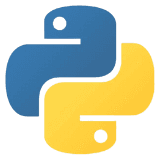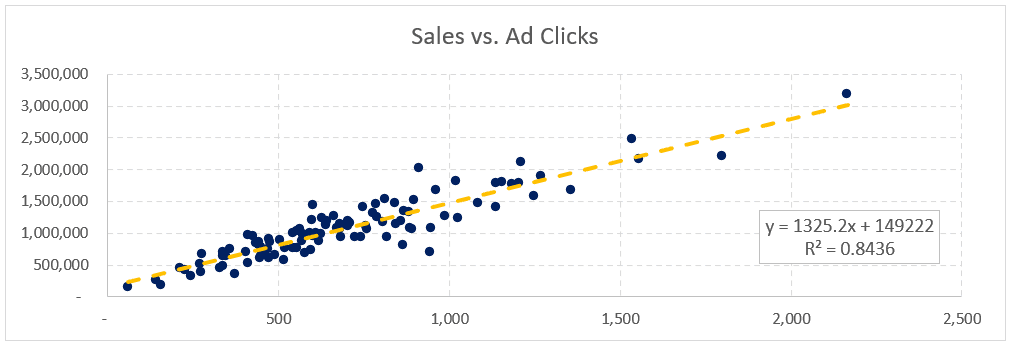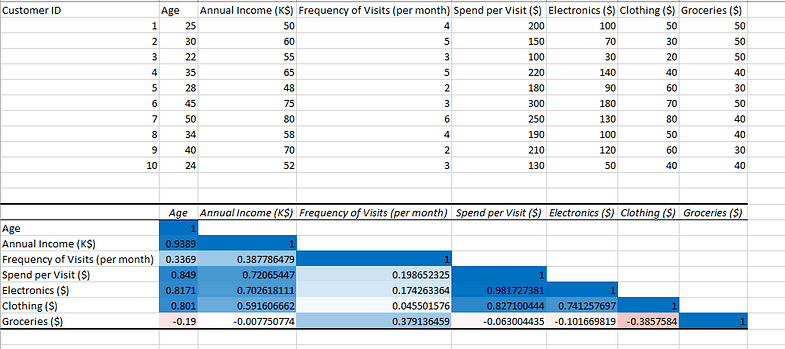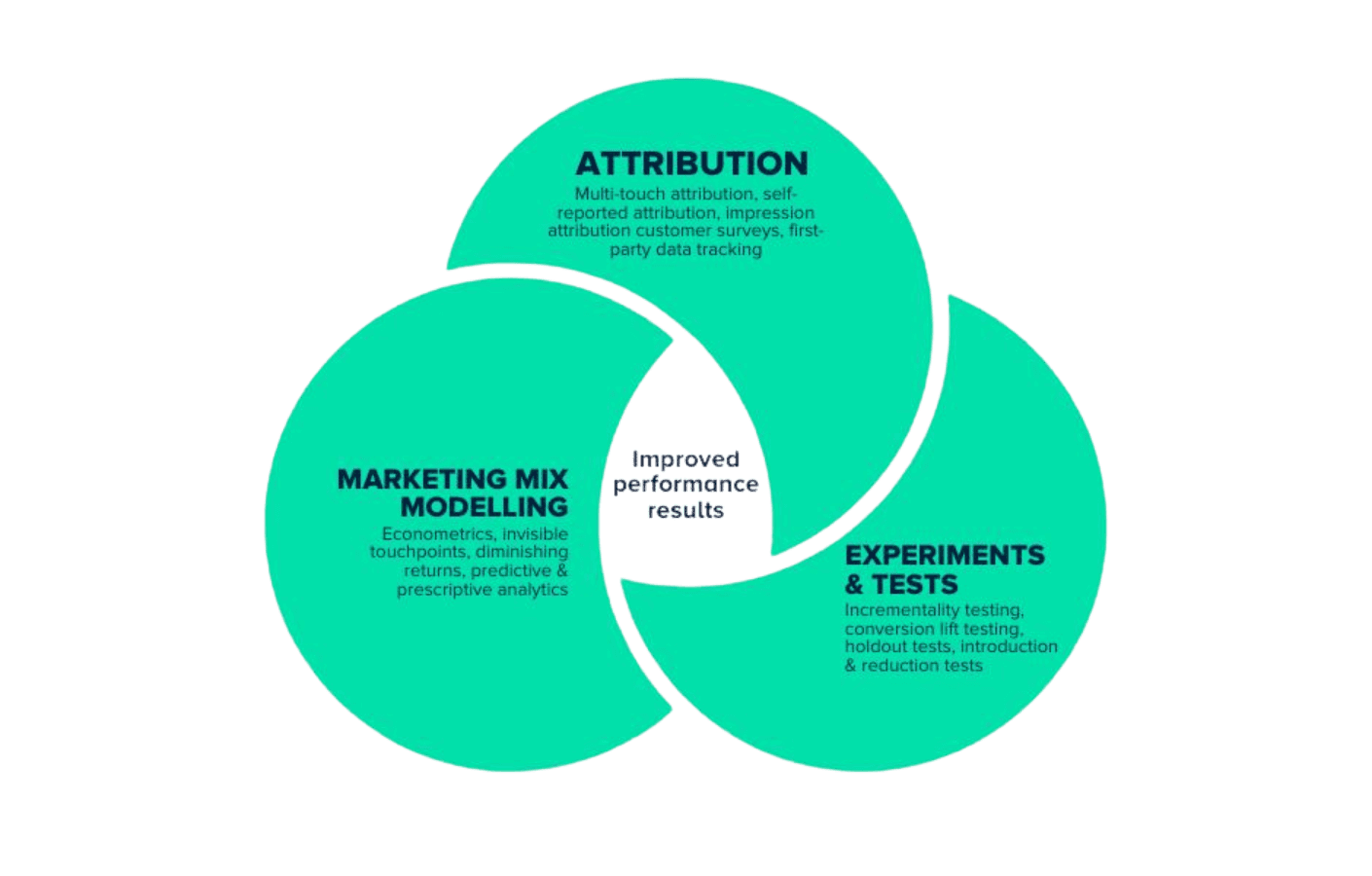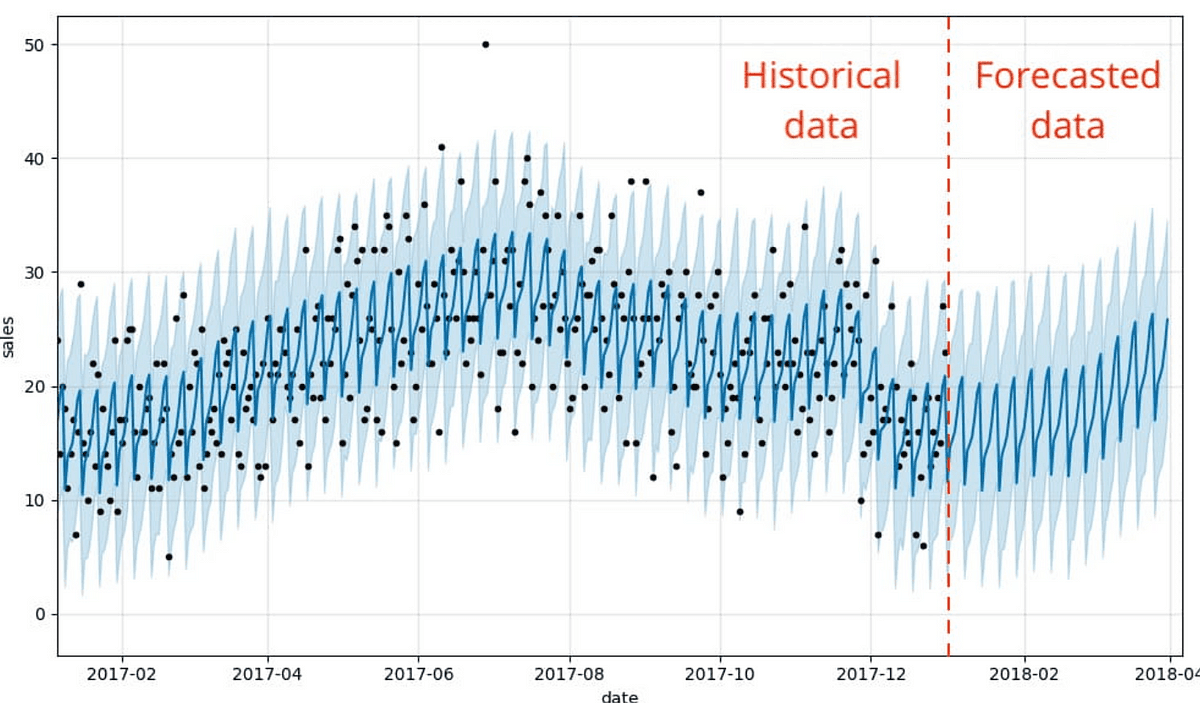
April 22, 2024
Datascience
I utilize data science tools such as Python, R Studio, and Pandas to uncover deep insights in business data through statistical modeling, regression analysis, and forecasting. By leveraging Python and its extensive libraries, I perform sophisticated data manipulation and analysis, while R Studio allows for advanced statistical computations and visualizations.
With Pandas, I efficiently manage and analyze large datasets, enabling detailed exploration and transformation of data. Through these methods, I generate accurate predictions, identify trends, and provide actionable insights that drive informed business decisions.
My Datascience Toolkit 🛠️
SQL
Data Mangement & Transformation, ETL
Python
Data Science, Scripts
Power BI
Reports & Dashboards
Tableau
Reports & Dashboards
DeepNote
Data Science, Workspace
Pandas
Python Library
R
Statistical Analysis
Regressional Analysis
I use statistical regression to extract deep insights from business data, enabling a thorough understanding of relationships between variables. By applying techniques such as linear and multiple regression, I can identify key factors that influence business outcomes and predict future trends.
Regressions
Regression helps in quantifying the impact of different variables, uncovering hidden patterns, and providing a solid foundation for data-driven decision-making. The insights gained through regression analysis inform strategic planning, optimize operational processes, and enhance overall business performance.
Correlations
I leverage correlation analysis to optimize business operations by identifying and understanding the relationships between different variables. This technique allows me to pinpoint which factors are most closely associated with key performance indicators, revealing potential areas for improvement.
By analyzing these correlations, I can provide actionable insights that inform strategic decisions, enhance efficiency, and drive growth. This data-driven approach ensures that resources are allocated effectively, processes are refined, and business strategies are aligned with the underlying data trends.
Statistical Modeling
I use statistical modeling to solve business cases by analyzing data to identify trends and patterns. Techniques like regression analysis and forecasting help predict outcomes and optimize processes. This data-driven approach provides actionable insights, enhancing efficiency and supporting strategic decision-making.
Marketing Mix Modeling?
I utilize marketing mix modeling to optimize marketing activities by quantitatively assessing the impact of various marketing inputs on sales and other performance metrics. This approach involves analyzing data on different marketing channels—such as advertising, promotions, and pricing—and their effectiveness.
By understanding the contribution of each element to overall marketing success, businesses can allocate budgets more efficiently, refine strategies, and maximize ROI. This data-driven method ensures that marketing efforts are strategically targeted, leading to improved campaign performance and enhanced business outcomes.
Forecasts & Time-series
I use forecasting and time-series analysis as tools for business planning and decision-making. By analyzing historical data patterns, businesses can predict future trends and make informed decisions about inventory management, financial planning, and resource allocation.
Time-series analysis allows for the identification of seasonal variations, cyclical patterns, and underlying trends, enabling more accurate sales forecasts, demand planning, and budgeting. By leveraging these predictive insights, companies can optimize operations, reduce costs, and enhance strategic planning to better meet future market demands and capitalize on emerging opportunities.
Incremental Analysis
I perform incremental analysis as a valuable tool for evaluating the effectiveness of marketing spend across different advertising channels. By comparing the additional revenue generated from an incremental increase in spending on each channel to the additional cost incurred, businesses can identify which channels provide the highest return on investment (ROI).
This involves analyzing metrics such as cost per acquisition (CPA), conversion rates, and customer lifetime value (CLV) for each channel. By incrementally adjusting the budget and measuring the corresponding changes in performance, companies can optimize their marketing strategies, allocate resources more efficiently, and maximize overall profitability.
Machine Learning Decision Tree
I use machine learning decision tree algorithms for business decision-making and data analysis. By using these algorithms, businesses can model complex decision processes and uncover valuable insights from their data. Decision trees help in segmenting customers, predicting outcomes, and identifying key factors that influence business performance.
For instance, they can be used to predict customer churn, classify potential leads, and optimize pricing strategies. By visualizing the decision paths and understanding the impact of different variables, businesses can make data-driven decisions, improve operational efficiency, and enhance their strategic planning processes.


